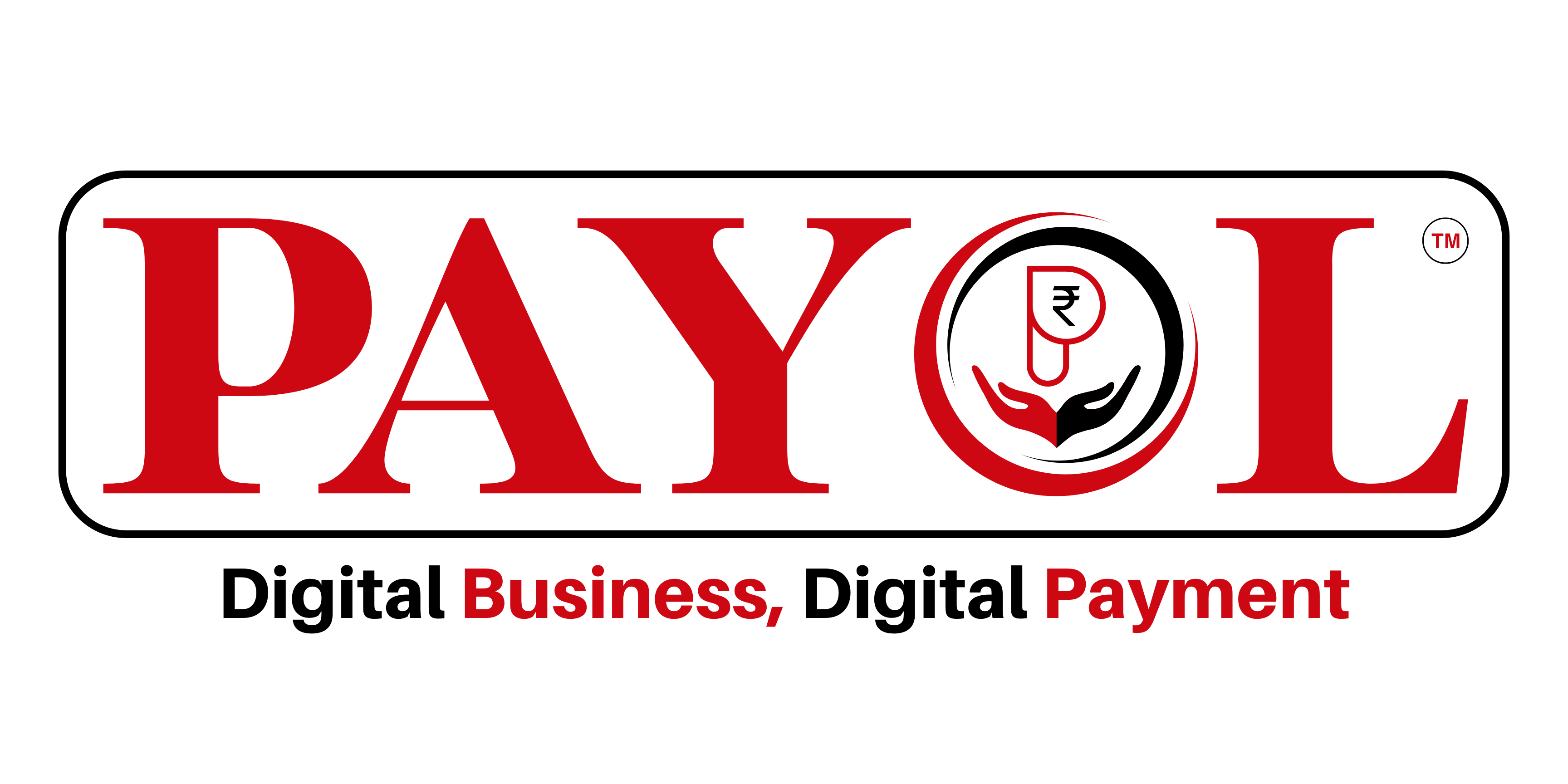Our Banking Services
Fast, Secure & Reliable financial services for every customer
AEPS (Aadhaar Enabled Payment System)
Cash Withdrawal, Balance Enquiry, Mini Statement using Aadhaar authentication.
- ✔ Cash Withdrawal
- ✔ Balance Enquiry
- ✔ Mini Statement
- ✔ Aadhaar Pay
BBPS (Bharat Bill Payment System)
Pay all major utility bills securely within seconds.
- ✔ Electricity Bills
- ✔ Gas & Water Bills
- ✔ DTH & Broadband
- ✔ Postpaid Mobile
Domestic Money Transfer (DMT)
Send money instantly to any bank in India.
- ✔ IMPS / NEFT Transfer
- ✔ 24×7 Instant Money Transfer
- ✔ Safe & Secure Transactions
Micro ATM Services
Portable ATM machine for cash withdrawal anytime.
- ✔ Cash Withdrawal
- ✔ Balance Enquiry
- ✔ Debit Card Transactions
PAN Card Services
Apply for new or correction PAN card easily.
- ✔ New PAN Application
- ✔ PAN Correction
- ✔ Reprint PAN
Mobile & DTH Recharge
Instant recharge for all telecom & DTH networks.
- ✔ Prepaid & Postpaid Recharge
- ✔ DTH Recharge
- ✔ Fast Wallet Settlement
